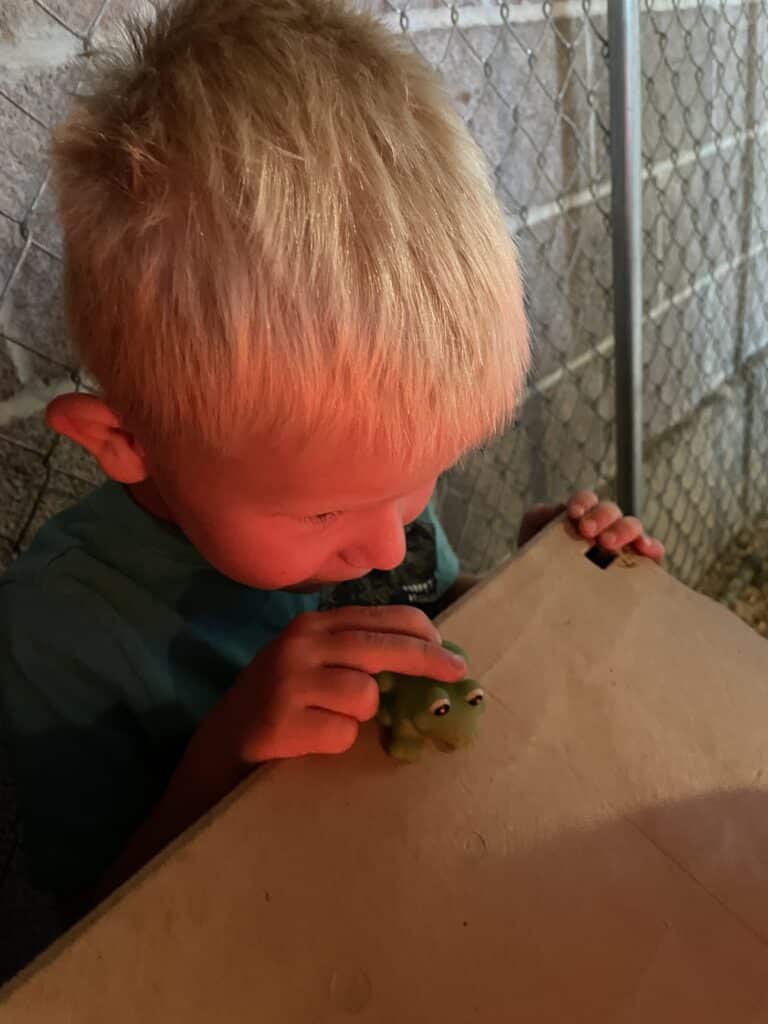How to Teach Science at Home
How to Teach Science at Home.

Science is the study of the world through observation and exploration. Learning is the acquisition of knowledge or skills through experience, study, or being taught. Looking at these two definitions side by side, it is clear why science is such an important part of learning.
Science, learning, and play all go hand in hand. They each are gaining something new from exploring, experimenting, and observing the world. This is why approaches to learning and science are two very important topics to understand and cultivate in your child’s at home learning.
Approaches to Learning
The way children view themselves as learners affects the way they will be able to learn.
“Whether you think you can or you think you can’t- you’re right!”
-Henry Ford
You are setting your child up for a lifelong journey of learning, so helping them feel like they are good at learning is an important skill to help them build. When children feel that they are good learners, they dive deeper into exploring the world, and therefore they learn more. The opposite is also true of children who feel like they are bad at learning- they try less and less until they have proved that they can’t learn new things.
Cultivating a Love of Learning
You can help cultivate a love of learning for your child by:
- Being excited about learning new things for yourself.
- Saying positive things about learning and education.
- Making space for your child to follow their interests.
- Modeling a growth mindset towards yourself, your child, and others.
Learning experiences should…
In big and small ways, you are creating an environment full of learning experiences everyday. So it is important for you to have an understanding of what creating an environment full of good learning experiences would look like.
Learning experiences should:
-Be engaging and relevant to your child’s life.
-Be relevant to your child’s interests.
-Provide opportunities to learn through seeing, hearing, moving, and touching.
-Incorporate the 5 senses.
-Vary in length, involvement, and complexity.
-Provide new experiences.
-Stretch and expand your child’s abilities.
Science
Science is a part of everything we do. Opportunities for teaching science are woven so intricately into the small details of our life, we sometimes don’t even notice it happening. One of the most basic skills that you are teaching your child is how to use the scientific method. There are opportunities in your life to do this on a large scale, as well as such a small scale you don’t even notice that’s what you are doing. For a quick refresher, here are the steps to the scientific method:
- Make an observation.
- Ask a question.
- Form a hypothesis.
- Make a prediction based on the hypothesis.
- Test the prediction.
- Use the results to make a new hypothesis and predictions.
What your child should be learning
The number one most important thing your child can be learning about science during early childhood (0-8 years old) is to observe, question, and explore their world. With the skill of curiosity, they will be able to learn any science topic that they want or need to.
That being said, here are some standards that guide what science learning children in early childhood should be learning about.
Standards:
-Children will learn the processes, communication, and nature of science.
-Children will gain an understanding of earth and space science.
-Children will gain an understanding of physical science through the study of the forces of motion and the properties of materials.
-Children will gain an understanding of life science through the study of changes in organisms over time and the nature of living things.
How to Teach Science at Home
You support your child’s approaches to learning and science when you:
-Respect the learning process by allowing children to develop at their own rate.
-Model and explain learning strategies or tasks, then gradually shift the responsibility to the child.
-Design learning experiences that build on your child’s previous knowledge and experience.
-Recognize and acknowledge your child’s strengths.
-Acknowledge your child’s efforts and successes.
-Encourage your child to explore at their own pace.
-Support creativity.
-Help your child reflect on their learning by asking open-ended questions about how they approach and solve problems.
-Support your child emotionally by creating a safe and secure environment and relationship with you.
-Model relationship skills that promote safety, security, and an environment free of harm.
-Allow your child choices and options.
-Read out loud with your child everyday.
-Make learning enjoyable.
Activities
Learn more about your role as first teacher, plus get more activity ideas here.